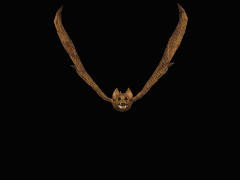


|
Fringillidae:
Finches are passerine birds, often seed-eating, found chiefly in the northern hemisphere and Africa. One subfamily is endemic to the Neotropics. The taxonomic structure of the true finch family, Fringillidae, is somewhat disputed, with some including the Hawaiian honeycreepers as another subfamily (Drepanidinae) and/or uniting the cardueline and fringilline finches as tribes (Carduelini and Fringillini) in one subfamily; the euphonious finches were thought to be tanagers due to general similarity in appearance and mode of life until their real affinities were realized; the buntings and American sparrows were formerly considered another subfamily (Emberizinae). Przewalski's "Rosefinch" (Urocynchramus pylzowi) is now classified as a distinct, monotypic family with no particularly close relatives. "Classic" or true finches are small to moderately large and have a strong, stubby beaks, which in some species can be quite large. All have 12 tail feathers and 9 primaries. They have a bouncing flight, alternating bouts of flapping with gliding on closed wings, and most sing well. Their nests are basket-shaped and built in trees.
There are many birds in other families which are often called finches. These include many species in the very similar-looking Estrildids or waxbill family, which occur in the Old World tropics and Australia. Several groups of the Emberizidae family (buntings and American sparrows) are also named as finches, including the Darwin's finches of the Galapagos islands, which provided evidence of Darwin's theory of evolution. |
